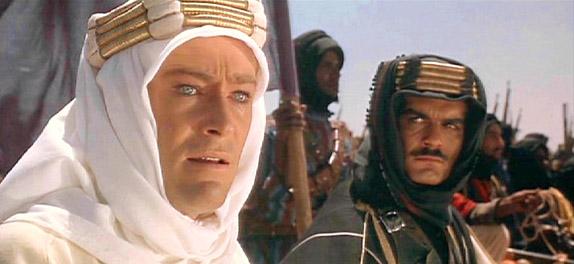
If, as they say, writing about music is like dancing about architecture, then how does one describe a film like Koyaanisqatsi (1983), which has no actors, no dialogue, and no plot, but consists instead of nothing but music and images (some of which, incidentally, do happen to revolve around architecture)?
Well, we can begin by looking at the title, which comes from a Hopi word that is translated within the film as: “Crazy life. Life in turmoil. Life out of balance. Life disintegrating. A state of life that calls for another way of living.”
Directed by Godfrey Reggio, a former monk and community activist, and accompanied by a mesmerizing score courtesy of Philip Glass, the film juxtaposes images of nature at its most awe-inspiring with images of modern industrialized society run amok.
An early time-lapse image of clouds moving across a mountain range suggests something beautiful and marvelous; the vapor rolls over the peaks like water over rocks in a stream. But later time-lapse images of cars racing through a city street, or subway passengers crowding onto an escalator, or Twinkies being moved from one assembly-line conveyor belt to another, are more ambiguous: the red lights zipping down the road might remind you of blood cells, for example, and might seem almost organic on that level; but in other ways, the film suggests not-too-subtly that we have all become cogs in our own machines.
Described like that, the film might sound kind of preachy, and indeed its sequels—Powaqqatsi (1988) and Naqoyqatsi (2002)—have been accused of stacking the deck. But Koyaanisqatsi is not as one-sided as you might think.
For one thing, while the film encourages us to reflect on the role that technology plays in our lives, there is no escaping the fact that the film is, well, a film—which means it is just as much a part of the technological landscape as anything it depicts. (The film even acknowledges this, when it shows people watching TV or sitting in a movie theatre.) But more than that, the film can even be construed, despite itself, as a celebration of technology; it is only because of films like this, after all, that we can watch the clouds move so fluidly in the first place.
And it is only because of films like this that we can experience so many different things, however vicariously, in so short a span of time. The images—lensed in part by Ron Fricke, who would go on to direct socially-conscious, non-narrative films of his own, such as Baraka (1992)—cover everything from nuclear blasts to lightning storms, from rockets to hot-dog factories, from cave paintings to the demolition of an abandoned housing project. (For more on that housing project, and how its destruction is said by some to mark the end of the modernist era in architecture, look up “Pruitt-Igoe” at Wikipedia.)
Reggio and Glass would go on to collaborate on a few more films—in addition to the Qatsi sequels, they also produced Anima Mundi (1992), a half-hour nature film of sorts, to raise money for the World Wildlife Federation—but Koyaanisqatsi remains their masterpiece, a stunning and densely detailed work of self-reflection that rewards repeat viewing.
—Peter T. Chattaway
- Directed by: David Lean
- Produced by: Sam Spiegel David Lean
- Written by: Robert Bolt T. E. Lawrence Michael Wilson
- Music by: Maurice Jarre
- Cinematography by: Freddie Young
- Editing by: Anne V. Coates
- Release Date: 1962
- Running Time: 228
- Language: English
Arts & Faith Lists:
2011 Top 100 — #70